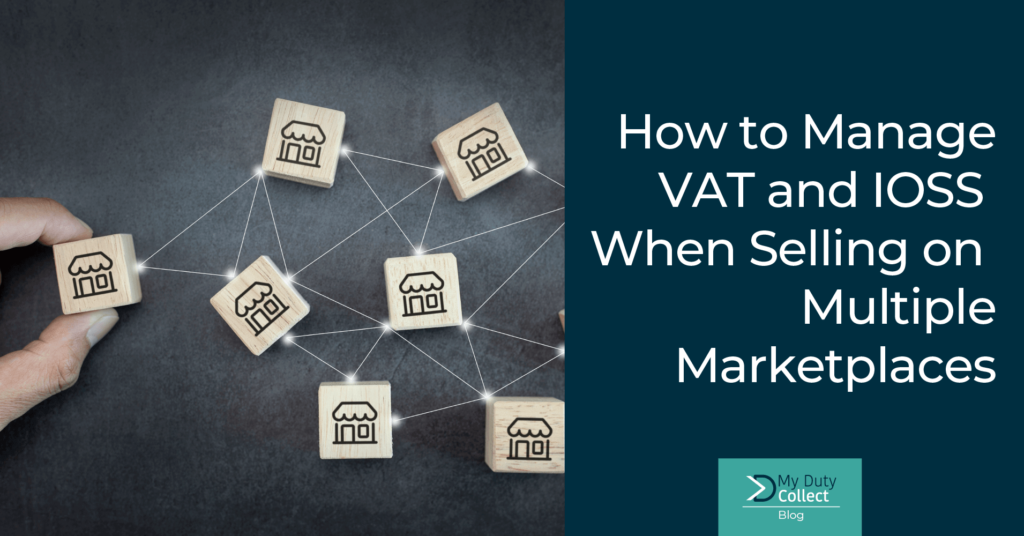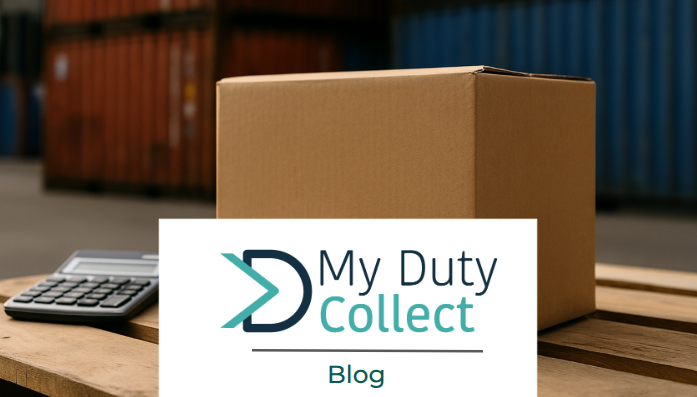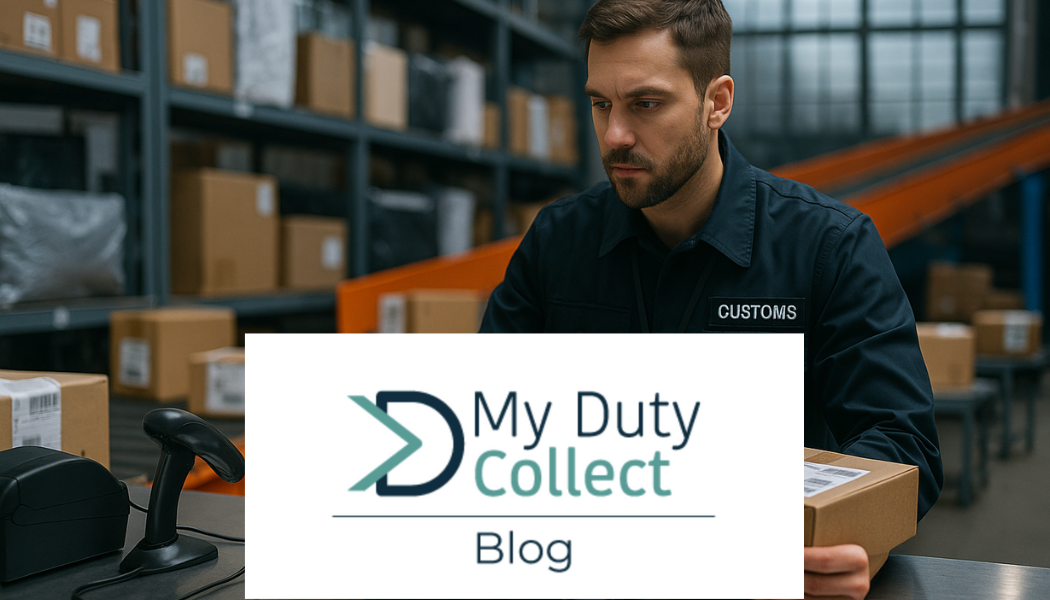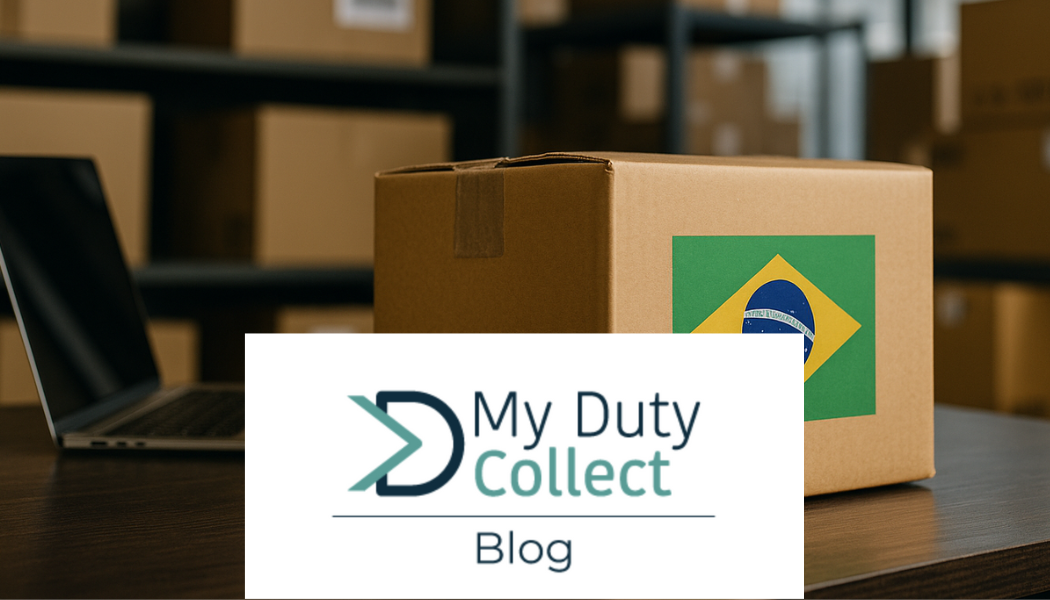READ MORE: Are IOSS and ICS2 the same?
–
-
Understand the Basics of VAT and IOSS: To successfully navigate the intricacies of VAT and IOSS, it’s essential to grasp the fundamental concepts. Learn about VAT rates, thresholds, and exemptions in different countries, as well as the IOSS scheme, which simplifies VAT collection and reporting for imports. Understanding these key elements will lay the foundation for effective management.
-
Research Marketplaces and their Requirements: Different marketplaces may have varying VAT and IOSS requirements. Conduct thorough research on each platform you sell on, familiarizing yourself with their specific guidelines, registration processes, and reporting obligations. This knowledge will help you tailor your strategies and ensure compliance on each marketplace.
-
Determine Your VAT Registration Obligations: Evaluate your sales volume and revenue in each marketplace to determine if you need to register for VAT. Crossing certain thresholds may require VAT registration while staying below them might provide flexibility. Understanding these thresholds will enable you to plan ahead and take appropriate actions.
-
Implement Robust Accounting Systems: Maintaining accurate records is crucial for managing VAT and IOSS effectively. Implement robust accounting systems that capture all relevant transaction data, including sales, VAT collected, and any IOSS-related information. This will facilitate smooth reporting and audit processes while minimizing errors and penalties.
-
Automate VAT and IOSS Calculations: Managing VAT and IOSS calculations manually can be time-consuming and error-prone. Consider using automation tools or specialized software that integrates with your marketplace platforms. These tools can streamline the calculation and collection of VAT and IOSS, reducing administrative burdens and ensuring accuracy.
-
Register for IOSS: If you sell goods imported from outside the European Union (EU) to customers within the EU, registering for IOSS can simplify your VAT obligations. IOSS allows you to collect and report VAT at the point of sale, eliminating the need for customers to pay additional fees upon delivery. Understand the IOSS registration process and its benefits to enhance the customer experience and compliance with EU regulations.
-
Monitor VAT and IOSS Changes: Tax regulations are subject to frequent updates and revisions. Stay informed about any changes in VAT rates, thresholds, or IOSS requirements across different marketplaces. Regularly review the guidelines and adapt your strategies accordingly to ensure ongoing compliance and avoid any disruptions.
-
Seek Professional Guidance: Navigating the complexities of VAT and IOSS can be daunting, especially for businesses selling on multiple marketplaces. Consider consulting with tax experts or professionals experienced in international e-commerce taxation. They can provide valuable insights, clarify doubts, and guide you through the intricacies of managing VAT and IOSS effectively.





